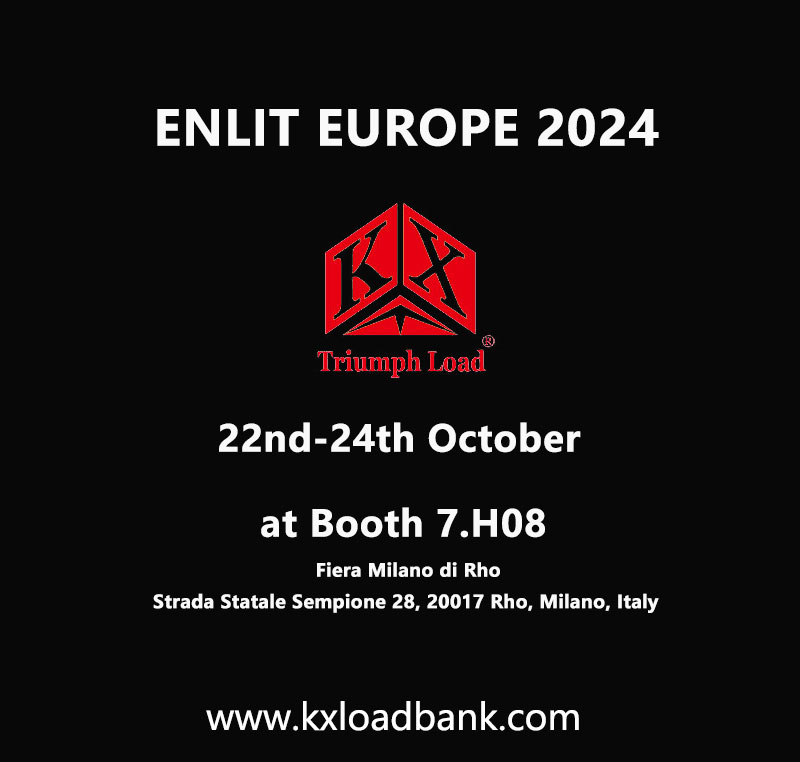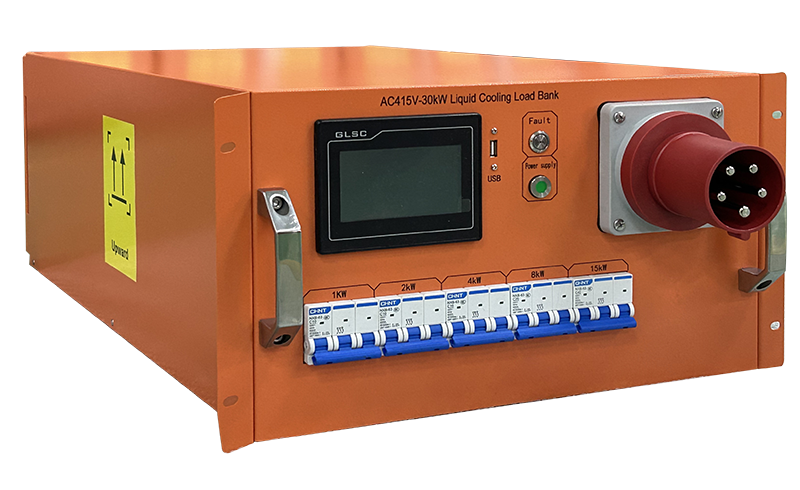Future Development Trends of Liquid Cooled Load Banks
Time:2025-11-06
Driven by the explosion of AI computing power and the "dual carbon" policy, liquid cooled load banks, as the core heat dissipation solution for high-power density equipment, are evolving from "technical alternatives" to "essential configurations". Their development trends focus on three major directions: technological upgrading, scenario expansion, and ecological improvement.
Technical Routes: Precise Iteration Under a Binary Pattern
Currently, cold plate liquid cooled load banks account for 78% of the market share due to their low transformation costs and convenient maintenance. In the future, they will upgrade towards modularization and intelligence, achieving a 15% energy saving improvement through AI dynamic temperature control technology. Although immersion liquid cooling currently holds a 22% share, its advantages of ultra-low PUE (as low as 1.03) and support for single cabinet power density of over 750kW will drive a compound annual growth rate of 62%. The market size is expected to exceed 42.1 billion yuan by 2027. The core breakthrough lies in domestic substitution—localization of key components such as cooling fluids and quick-change connectors will reduce costs by 30%-40%, breaking the long-term bottleneck of relying on imports.
Application Scenarios: Expansion from Core Fields to Diversified Areas
Liquid cooled load banks have been widely applied in data centers and supercomputing centers, and will further penetrate more scenarios in the future. In high-end fields such as AI training clusters and intelligent computing centers, immersion products will become standard configurations. In lightweight scenarios like edge computing and 5G base stations, demand for miniaturized cold plate modules will surge. Meanwhile, customized needs in special fields such as energy storage systems and military aerospace are becoming prominent, driving products to expand into segmented types such as high-voltage and ultra-high-voltage, forming a multi-dimensional product matrix.
Industrial Ecology: Dual-Driven by Policies and Market
The implementation plan jointly issued by seven ministries and commissions has clarified the core position of liquid cooling technology, and projects such as the "Eastern Data and Western Computing" initiative continue to release policy dividends. On the market front, the global liquid cooled rack-mounted load bank market size reached 74.8 million US dollars in 2024 and is expected to grow to 250 million US dollars by 2031. In the competitive landscape, international leaders and local enterprises compete side by side. Domestic manufacturers are rising rapidly with cost-effectiveness and localized service advantages. Meanwhile, industry standards are gradually improving, promoting the unification of product interfaces and operation and maintenance specifications.
The future development of liquid cooled load banks will break cost bottlenecks through technological innovation, open up growth space through scenario expansion, and become a key support for the green development of the digital economy under the dual impetus of policies and the market.
News Recommendation
-
 2024-09-11
2024-09-11TRIUMPH LOAD EXHIBITING AT Enlit Europe 2024 -BOOTH 7.H08
-
 2023-04-21
2023-04-21TRIUMPH LOAD EXHIBITING AT DATA CENTER WORLD GERMANY 2023-BOOTH F909
-
 2023-04-06
2023-04-06TRIUMPH LOAD EXHIBITING AT ELECTRIC POWER TECH KOREA 2023 – Booth G109
-
 2022-05-05
2022-05-05What is the role of ac load bank for power supply?
-
 2022-05-05
2022-05-05What is the role of the load bank?


